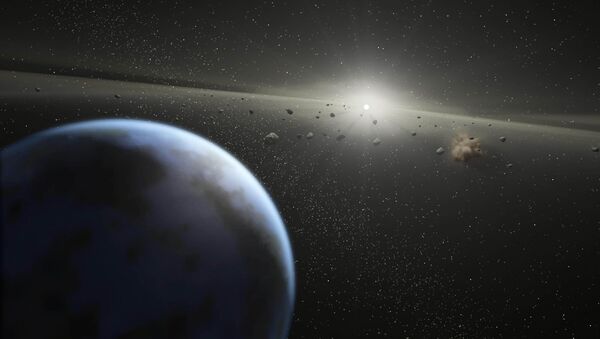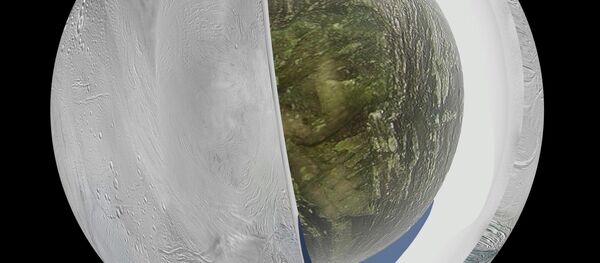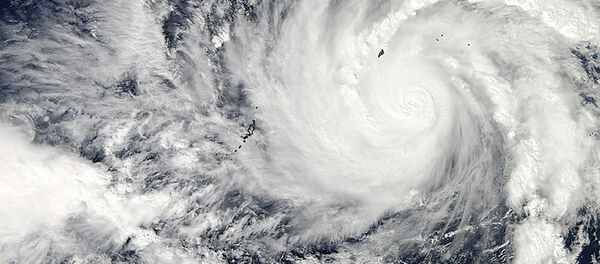“The NASA probe is called Cassini and it’s a mission that has been in orbit around Saturn since 2004. Initially it passed by Enceladus in 2005 and that was a sort of beginning of our journey of discovery of what’s going on at this very special moon,” Jackman said.
She further said that when Cassini first passed by in 2005 the magnetometer, a magnetic field sensor on Cassini, sensed a strange magnetic signal which led them to believe that perhaps “there was more to Enceladus than we had originally thought,” the expert said.
In the next 12 years Cassini has flown by Enceladus multiple times. It has discovered plumes, which are geysers of material coming off the surface out of cracks in the ice.
It has also discovered that Enceladus has a sub-surface ocean.
However, the discovery that was announced Wednesday is that in those “plumes” there is molecular hydrogen which is really special because “hydrogen is thought to be linked to an energy source that is capable of supporting the basic building blocks of life, so probably microbial life of some type,” Jackman said.
“The conditions are there to support life,” she said.
Talking about if life forms could be found on Enceladus, what type of them could be in existence, Jackman said that probably these forms would be very primitive.
“Here in the deep oceans near the hydro thermal vents, we have these sort of microbes and that’s the kind of thing that we are thinking could exist of Enceladus. But again I should stress that it’s the conditions that have been discovered not evidence of that life itself, yet,” the expert said.
She further spoke about how important this discovery is for science.
The expert also said that there are other celestial bodies that have been discovered to possess similar habitable conditions for life, such as Europa.
“Europa which is a moon of Jupiter is another possibility. It’s another icy moon that we think has a subsurface ocean and there are plans to go and visit Europa in the next decade. There is a mission called Europa Clipper being planned and also a European Space Agency mission called Juice,” Jackman said.
Like Europa, a moon of Jupiter, Enceladus is a "water world," covered by oceans of liquid water trapped under a layer of ice.
Based on the data, NASA believes that it's possible for simple life such as bacteria (or perhaps something as complex as shrimp) to live on the seafloor of Enceladus. "We'd be excited with any discovery of life."
Enceladus is almost 10 times the distance from the sun that Earth is, so it can't rely on our star for heat nearly as much as we can. Instead, life on Enceladus would theoretically rely on vents of heat and methane on the ocean floor, similar to how bottom feeders live on our own planet.
Enceladus is quite small, only about 300 miles across. This makes it about 15 percent as large as our own moon.






